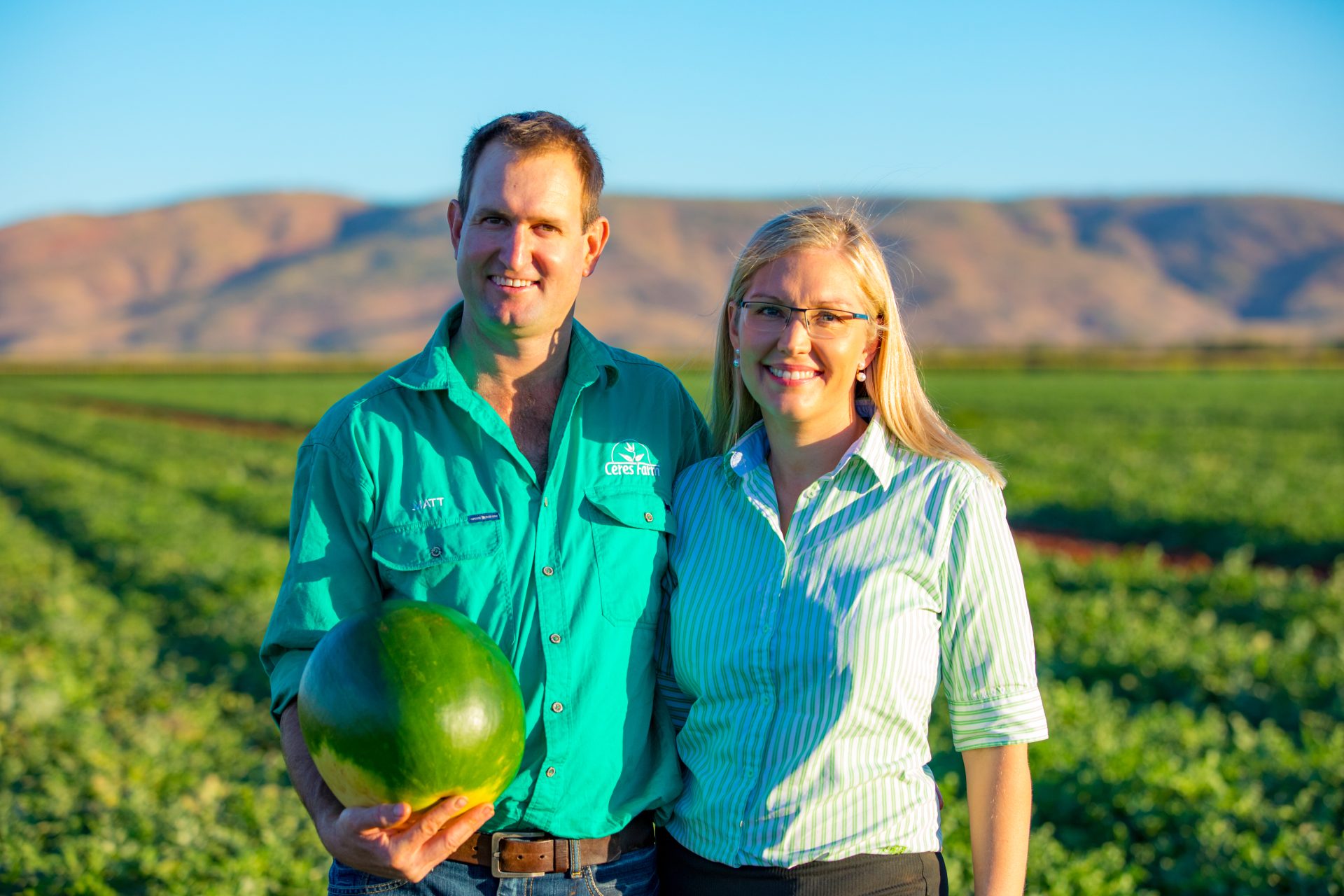Safe, customer-permissioned data sharing regimes are critical for unlocking the future potential of our economies. Governments across the globe have increasingly embraced this imperative, primarily commencing in the banking sector, through the progression of ‘Open Banking’ frameworks.
The United Kingdom was an early adopter of Open Banking, its regime in place since 2018. Australia moved quickly thereafter and enacted the Consumer Data Right (CDR) in mid-2019, with banking being the first sector required to share data under the CDR.
Both regimes were borne of similar regulatory agendas, specifically to increase competition, drive innovation and empower consumers with control over their data – but each has taken a different journey to implementing these policy directives.
A few years into these regimes, what are the lessons for Australia and the UK in relation to CDR and Open Banking? Are they heading in the right direction? And are they moving quickly enough to be impactful in their respective economies?
In drawing out these learnings, it is important to reflect on several things, including: how have the two approaches compared? What are we seeing in terms of adoption, prominent use cases and areas of market development in each jurisdiction? What will happen next? What are the appropriate boundaries for the data sets included in scope? What adjustments or enhancements would ensure these frameworks deliver their objectives of driving greater competition, innovation, and consumer choice safely?
Early next year, we will explore these questions in greater depth as part of our upcoming Open Banking research report. But here’s a sneak peek to begin.
Breadth versus depth
The UK Open Banking framework was designed from the outset with depth of functionality in mind, with third party payment initiation inbuilt as part of Open Banking’s initial scope. Meanwhile, Australian policy makers leaned towards breadth of data sharing across the economy, in creating the CDR.
In the preceding years, we have seen some shifts in policy settings in both jurisdictions.[1] Australia is currently moving towards deepening the functionality of the CDR, with the Government consulting on draft legislation in September this year to enable ‘action initiation’[2] within the current ecosystem. Equally, the UK government is considering the benefits of expanding Open Banking to other regulated sectors (such as finance, telecommunications, energy, and pensions).[3] There are trade-offs and benefits associated with each approach, including unlocking value for customers in datasets that span the economy and increasing adoption through ‘action initiation’ offerings.
Governance – is there a need for a stand-alone implementation agency to oversee roll out?
Governance is another area where Australia and the UK have taken different paths. Through the Competition Markets Authority (CMA) Retail Banking Order, the UK government set up a bespoke entity charged with overseeing implementation and the performance of Open Banking by the nine largest banks in the UK (CMA9). The Open Banking Implementation Entity (OBIE) is governed by the CMA and funded by the CMA9. Australia, on the other hand, does not have a stand-alone entity tasked with overseeing implementation, and has enacted a multi-agency model, with different regulators and entities responsible for facets of the regime.
Whilst the OBIE’s mandate is ending, and a successor will be appointed with a broader base of funding and governance to reflect the evolution of Open Banking to Open Finance, it is worth considering how the OBIE’s role influenced the implementation of Open Banking in the UK, and for both jurisdictions, whether having a stand-alone entity, with a focus on overseeing implementation of the continued roll out of ecosystems is desirable?
Adoption patterns, prominent use cases and areas of market development
One key measure of success of Open Banking and the CDR is whether consumers are using these schemes and if so, how? As a second-mover, Australia can and should look to the UK to identify which use cases are providing or have the potential to provide the greatest benefits to consumers.
One such example is the demonstrable benefit that Open Banking has been delivering to small business in the UK through integration with cloud accounting platforms. In the most recent impact report by the OBIE, 77% of SMEs surveyed reported having more immediate and accurate insights into their financial position by using these services, and 84% reported that cloud accounting led to them feeling more efficient.[4] Similarly, for the UK, what innovations are possible with opening data sharing to other sectors, such as the Energy sector, as has been done in Australia?
What does the future hold?
Whilst there is no doubt that Open Banking and CDR provide immense opportunity to deliver value to consumers and both ecosystems have the potential to grow the digital economies of each nation, these regimes also need to keep pace with the realities of business models in the digital age.
What data sets should be in scope?
As we see an increased reliance on integrated BigTech platforms with multiple products and services embedded in these environments, it is worthwhile considering whether the sectoral approach to data sharing and a construct of competition operating in strict verticals are still fit for purpose?[5]
Other digital initiatives
Another area for reflection is how digital identity can provide a solution to authentication and verification of individuals and businesses as safe cross-sectoral data sharing through these frameworks (and others) becomes the norm. We see a role for industry and government in bringing this to life[6] and will consider these (and other policy and regulatory) issues further in our upcoming Open Banking Report.
We’d love to hear from you:
NAB is committed to the continued evolution of the CDR. As we explore ways to ensure it can be fit-for-purpose in our future economy, we welcome all further feedback to Brad Carr at brad.carr@nab.com.au and Alysia Abeyratne at alysia.abeyratne@nab.com.au
About the author:
Alysia Abeyratne is NAB’s Senior Manager, Digital Policy. Prior to that, Alysia was a senior legal counsel practising in privacy, competition, and consumer protection law, both in house and at a leading international law firm, based in Melbourne.
[1] Whilst ‘write access’ was not part of the original terms of reference for the Consumer Data Right, in 2020 the former Australian Treasurer, Josh Frydenberg announced an Inquiry into the Future Directions for the Consumer Data Right, the scope of which included a request for recommendations on options to ‘expand the functionality’ of the CDR. See the Terms of Reference for the Inquiry into the Future Directions of the CDR: https://treasury.gov.au/review/future-directions-consumer-data-right/TOR.
[2] Media Release, Stephen Jones “Expanded CDR Draft legislation released,”26 September 2022, https://ministers.treasury.gov.au/ministers/stephen-jones-2022/media-releases/expanded-cdr-draft-legislation-released
[3] See Smart Data Working Group Spring 2021 Report, page 11: https://assets.publishing.service.gov.uk/government/uploads/system/uploads/attachment_data/file/993365/smart-data-working-group-report-2021.pdf.
[4] See “The Open Banking Impact Report, June 2022:” Https://openbanking.foleon.com/live-publications/the-open-banking-impact-report-june-2022/.
[5] We have previously reflected on the need to move away from sectoral approaches to data sharing and legacy constructs of competition. See Carr, Brad “Open Data: Look Beyond Sectors for Consumer Empowerment and Innovation:” https://medium.com/@nabtechblog/open-data-look-beyond-sectors-for-consumer-empowerment-and-innovation-1d9cc1b1a90d.
[6] See Carr, Brad “Digital Identity – Public and Private Sector Opportunities” Https://medium.com/@nabtechblog/digital-identity-public-and-private-sector-opportunities-384086088bbb.





